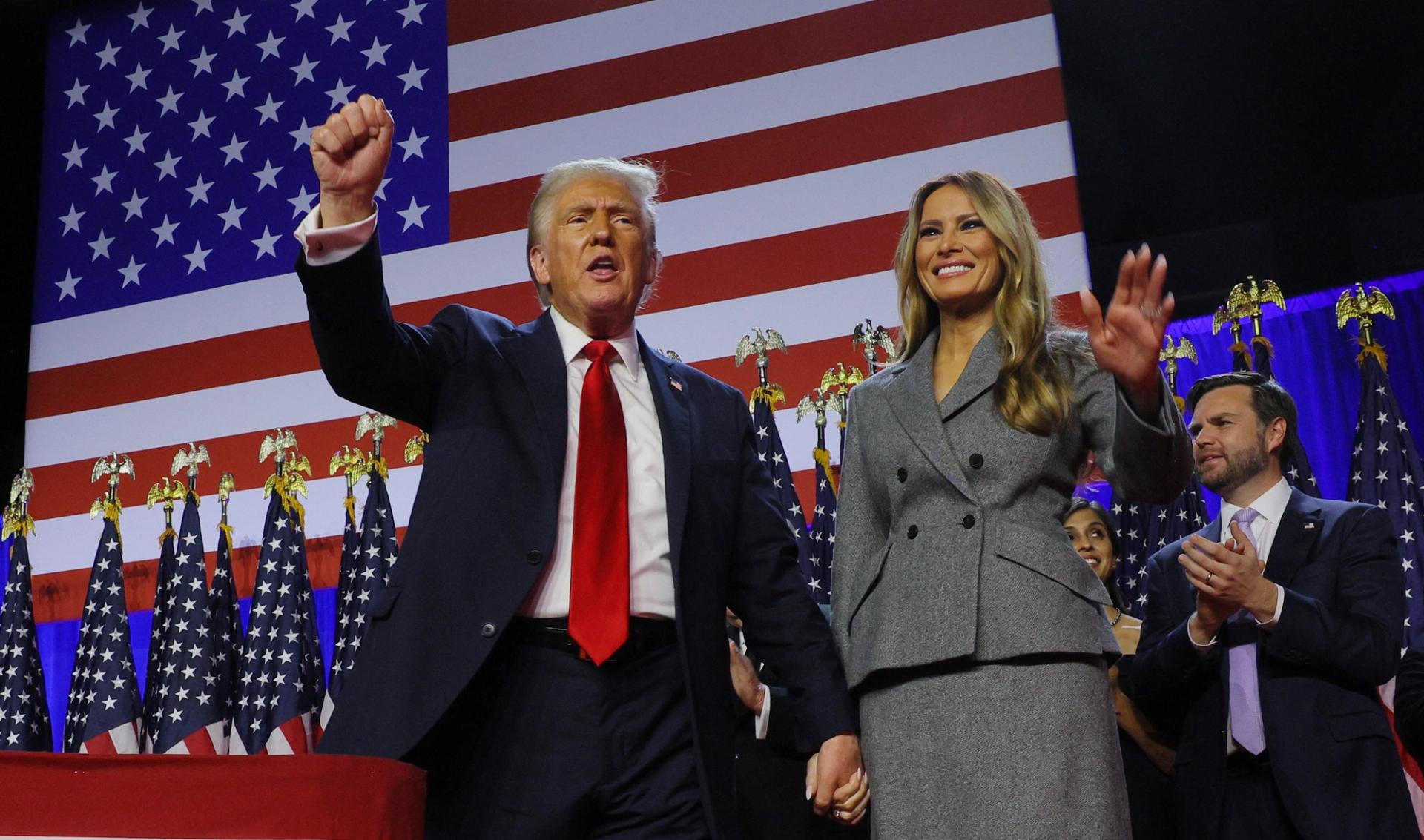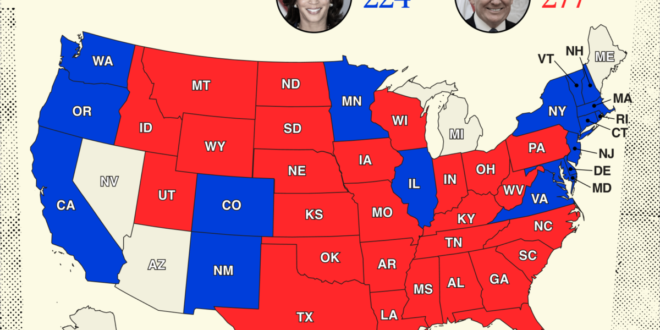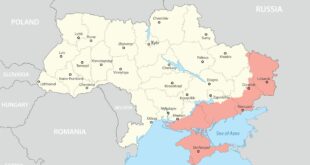Dave Weigel
Donald Trump decisively wins a second term in the White House
A nationwide backlash to the incumbent Democratic White House showed up across red, blue, and purple states.

Donald Trump is projected to win the US presidential election, completing an improbable comeback after he previously sought to overturn his prior loss, culminating in a riot at the Capitol, and faced criminal charges.
The first president to be elected to non-consecutive terms since Grover Cleveland in 1892, Trump rode a wave of discontent over post-pandemic inflation and border crossings to victory. Across the country, in blue and red states alike, voters across a wide variety of demographics swung toward the Republican nominee — possibly giving him a national popular vote majority, something that eluded him by a wide margin even in his 2016 victory.
Initially running against President Joe Biden, he dominated their first and only debate together, prompting his opponent to drop out just weeks later. In the intervening period, Trump survived an assassination attempt in Pennsylvania and rose to his feet with a raised fist and bloodied face, an episode that boosted his personal popularity in polls. He portrayed his next Democratic opponent, Vice President Kamala Harris, as a left-wing ideologue and tied her to the Biden administration with a blizzard of speeches, interviews, social media posts, and attack ads. The campaign’s strategy also included a major bet on TV spots tying her to support for transgender surgeries for prisoners. At the same time, he navigated a difficult political vulnerability in abortion, pledging to not pursue a national ban after the justices he appointed overturned Roe v. Wade.
Voters shrugged off, among other legal challenges, his conviction in New York over hush money payments, as well as ongoing indictments and court activity around his efforts to block Biden’s victory and his possession of classified documents after leaving office. Trump now has a chance to regain control of the Justice Department, where he’s already pledged to fire the special counsel assigned to his federal cases, Jack Smith. An election interference case in Georgia is stuck in a procedural sand trap, while he faces sentencing in his New York case later this month — any kind of prison time seems especially unlikelynow.
In some ways, Trump takes office in an enviable position: A growing economy with low inflation, low unemployment, and falling interest rates that’s largely moved past the disruption of the pandemic. But he also has an ambitious agenda that many economists worry could raise prices: A blanket tariff of up to 20% and a large slate of proposed tax cuts that, in addition to renewing expiring portions of his own 2017 tax law, could increase deficits and add to inflationary pressure.
On immigration, Trump has promised to invoke the 1798 Alien Enemies Act to round up transnational gang members and to pursue “mass deportation” against undocumented immigrants. Accomplishing his goals may be difficult, however, as there are major legal, logistical, and funding obstacles to cutting off new asylum seekers and deporting existing immigrants.
In the final days of the race, some of his key supporters began talking up an ambitious slate of their own. Elon Musk would like to cut $2 trillion in annual spending, a sum that would require deep across-the-board cuts, while anti-vaccine activist Robert F. Kennedy Jr. boasted about an expected major role that he would use to eliminate fluoridated water.
On foreign policy, Trump’s to-do list will also include the ongoing war in Ukraine, where he’s been critical of US support but has not outlined a clear alternative plan, and in Israel and the Middle East, where he similarly has been vague about his preferred response. His planned tariffs, should he follow through, will be a point of contention with allies and rivals alike.
 Geostrategic Media Political Commentary, Analysis, Security, Defense
Geostrategic Media Political Commentary, Analysis, Security, Defense





